News //
The Museum is fortunate to have made many friendships over the years. Some of these friendships go way back; scientists that have worked with our curators and researchers for decades and have seen the Museum through all its eras. One of these long-standing friendships is that between the two Peters—Professor Peter Ng, Advisor of the Lee Kong Chian Natural History Museum, and Dr Peter Davie, Curator Emeritus of Crustacea at the Queensland Museum.
Crabs suit me!
Born and raised in Brisbane, Australia, Dr Davie was interested in nature from a young age. He used to go on beach holidays as a child, where he would snorkel and scuba dive, leading to his interest in fish. At the end of high school, Dr Davie got involved with a conservation group, the Australian Marine Conservation Society (formerly the Queensland Littoral Society), where he eventually became an advocate for mangrove conservation around the Queensland coast. On one of their field trips, he collected crabs and brought them to the Queensland Museum to try identifying them. Thus started his obsession with crabs.
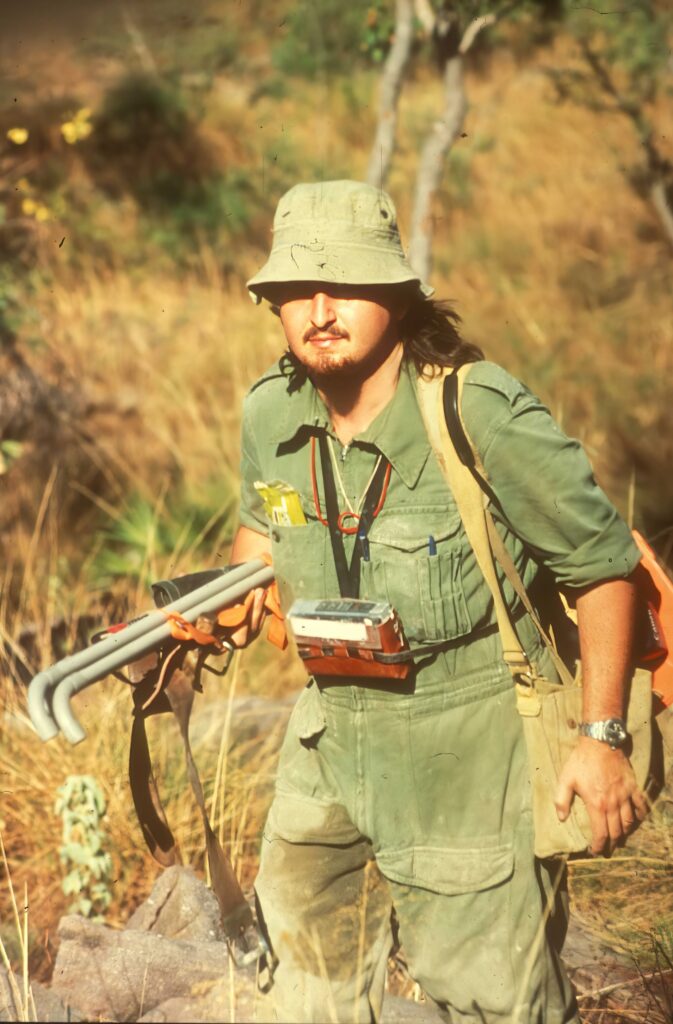
Opportunities sometimes shape our path in life, and such was the case for Dr Davie. Though he was initially interested in fish, a position had come up in the Queensland Museum for a curator of Crustacea. As he had frequented the Museum and felt a connection with the place, he decided to take on the role.
“I think most people can go anywhere. It depends on what the opportunities are and as long as you’re interested in nature, you’ll find something to be interested in, but fortunately crabs suit my personality,” Dr Davie explained.
He continued pursuing his university degree whilst working, and from there, he “just kept going”.
The tale of two Peters
Dr Davie first met Prof Ng in the 1980s. Both Peters were mutually interested in identifying a particular group of crabs and had started writing to each other. In 1987, Dr Davie had decided to go on an overseas holiday to Europe and stopped over in Singapore briefly to visit Prof Ng and the collections on the way.
“I remember meeting Peter and Leo (Emeritus Professor Leo Tan, Advisor of the Lee Kong Chian Natural History Museum) and being very welcomed,” Dr Davie recalled. This was before the Zoological Reference Collection had even been established. Since then, Dr Davie has visited Singapore countless more times. “When I came here (Singapore) in the early days, we’d all take off and just do things around Singapore”.
They went to many places, like Labrador Beach and Sungei Buloh, but Christmas Island was the most memorable for Dr Davie. “It’s like the Mecca for crab people; they need to go there at least once in their lives”.
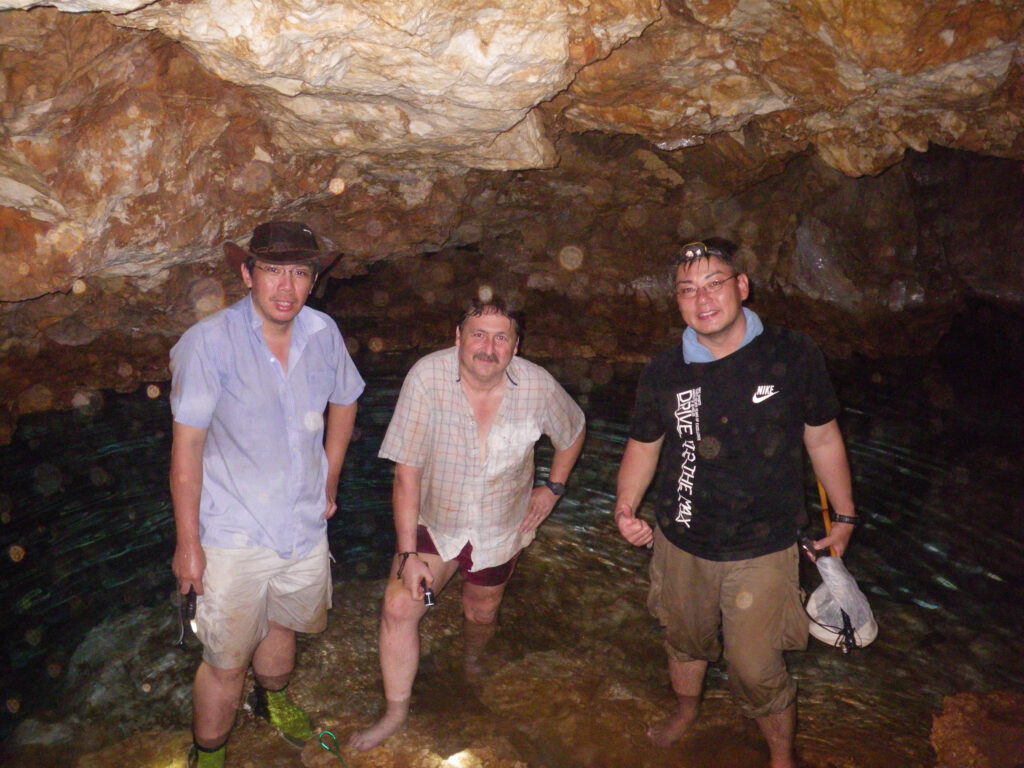
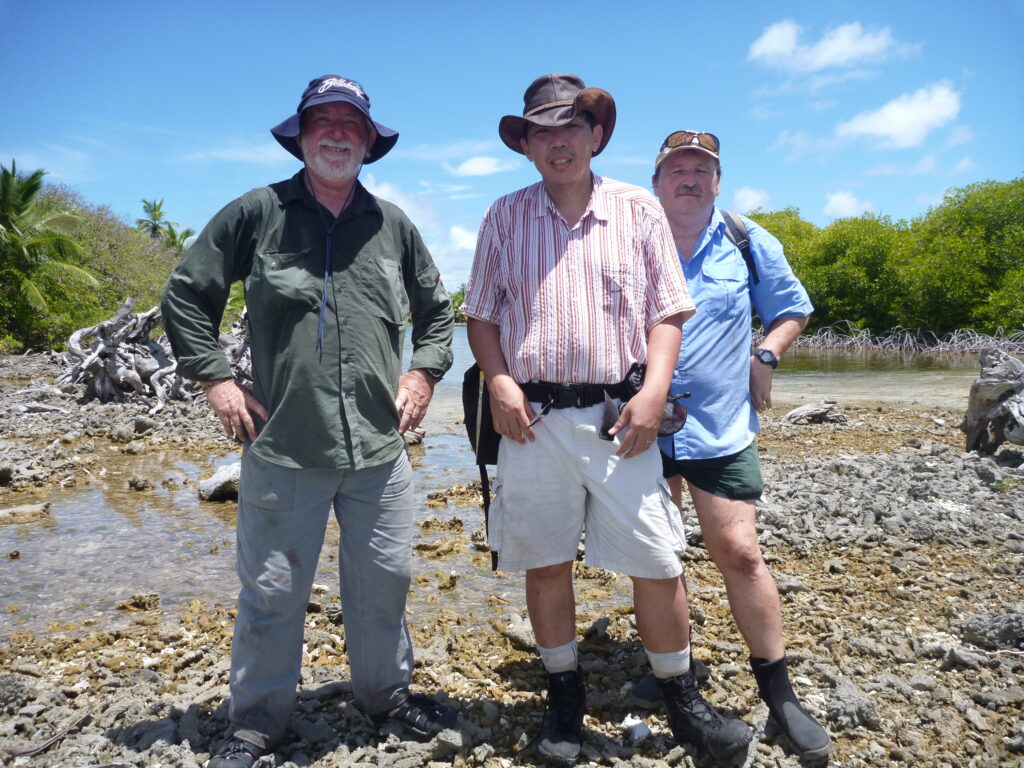
Singapore, and the Museum, became an important stopover and central location between Brisbane and Paris, and these were the three cities he frequented the most. His partnership with Prof Ng gave him a sense of purpose during his stopovers and made his visits longer.
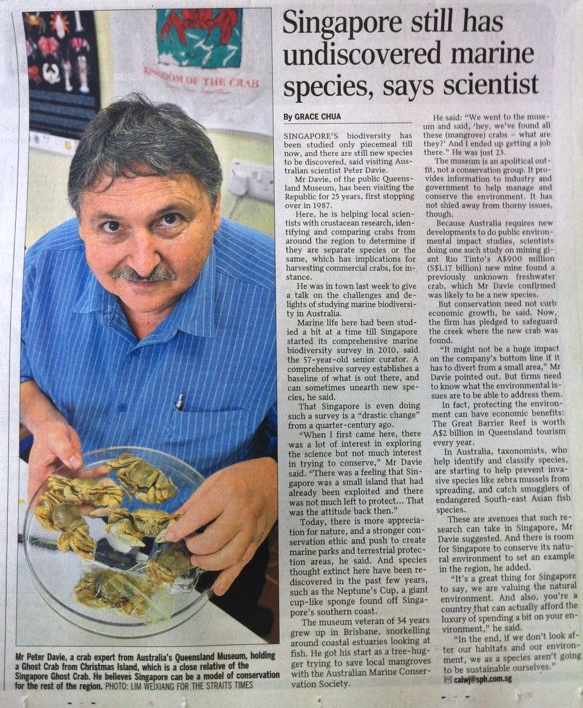
THE Crab List
To Dr Davie, the most significant project he and Prof Ng worked on was THE crab list, ‘Systema Brachyurorum’. Back then, there was no cohesive list of all the crabs in the world and they wanted to change that. Both Peters knew the importance of naming things for conservation—you can only protect what you know exists. Together with Prof Danièle Guinot, Emeritus Professor at the Muséum national d’Histoire naturelle, France, Dr Davie and Prof Ng published a monograph in the Museum’s Raffles Bulletin of Zoology, which became the most comprehensive crab list in the world and catalysed a significant change in research.
‘Systema Brachyurorum’ was the only list of all the extant crab species in the world. It had been painstakingly and carefully put together and resolved many taxonomic and nomenclatural uncertainties at the time. The book became a modern starting point for further research and was widely referenced.
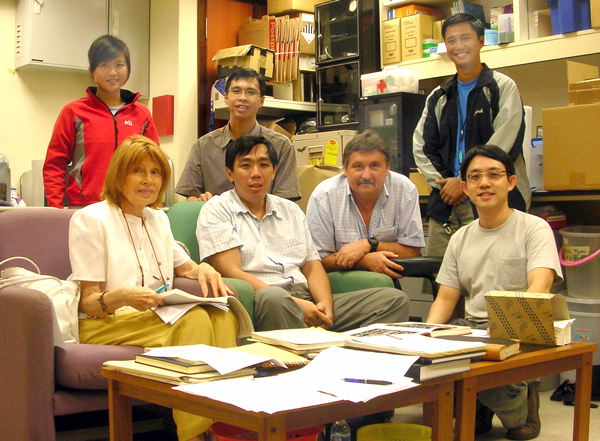
The crab list continues to evolve! In November 2023, Dr Davie returned to the Museum to work on the second edition of the crab list with Prof Ng, which has been in the works ever since the first edition was published. As there have been some changes in the classification of crabs and over a thousand new discovered species since the first edition was published, the second edition of the book aims to reflect this.
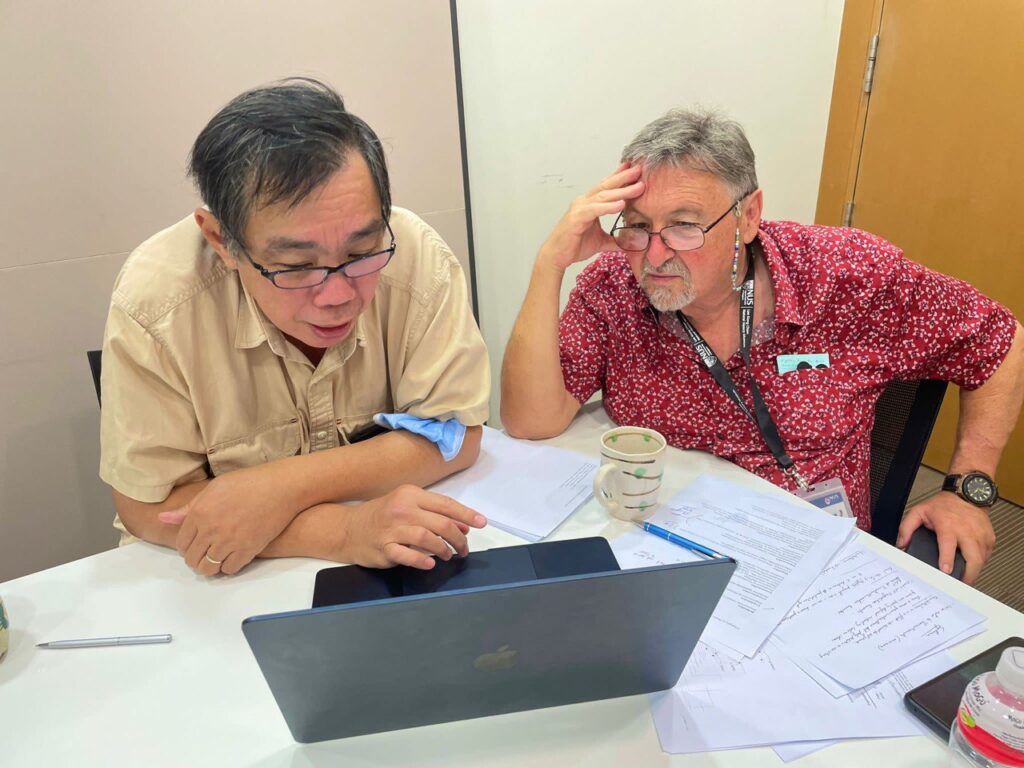
The Museum has evolved, and will continue to evolve
“The Museum has changed drastically. When I first came, it consisted largely of rescued collections from the old Raffles Museum that have been brought here, but it was a nascent collection; it had a lot of historical and important things. Still, it wasn’t the sort of vibrant research collection that it has become.” Dr Davie said. “To me, [the Museum’s evolution] appears to have mirrored Peter’s career in that, as he’s looked out more and more into the world and joined expeditions, he’s been instrumental in setting up Singapore as a research hub.”
The new Lee Kong Chian Natural History Museum building “has given renewed vigour and excitement to the whole purpose”, Dr Davie continued.
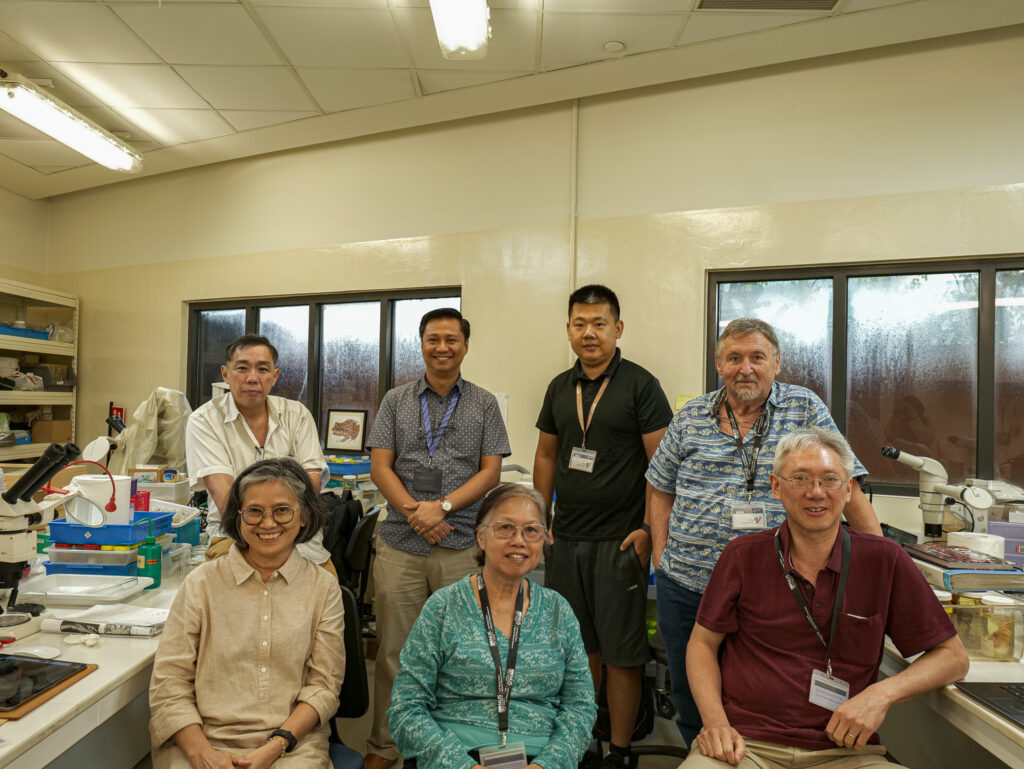
Moving forward, Dr Davie believes in training the younger generation for the future and emphasises the fundamental nature of taxonomy even with the influx of modern technologies. “It is not glamorous, but it is fundamental work, because everything else downstream doesn’t have any meaning if the upstream doesn’t do the work first,” he explained.
The Museum strongly values its relationship with Dr Davie, and we are always happy to see him return. The enduring camaraderie between the Museum and researchers like Dr Davie exemplifies the profound impact of collaborative endeavours. As the Museum continues to evolve into a vibrant research hub, our relationships and partnership with researchers forge a path towards advancing our understanding of biodiversity and our natural world. We hope to see Dr Davie back again soon!